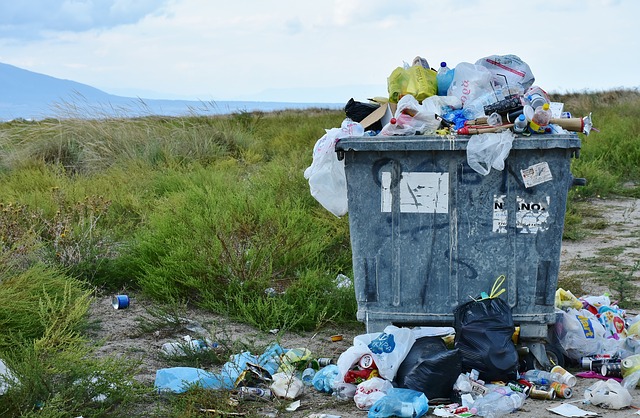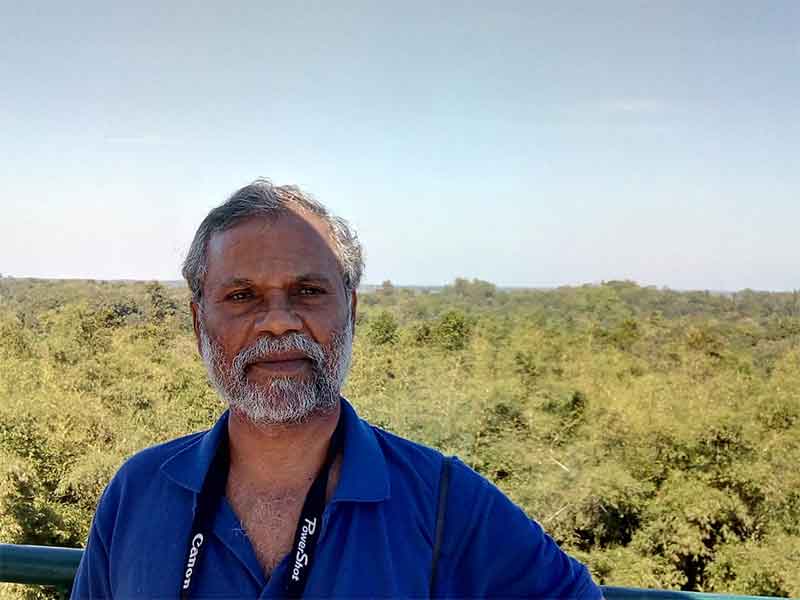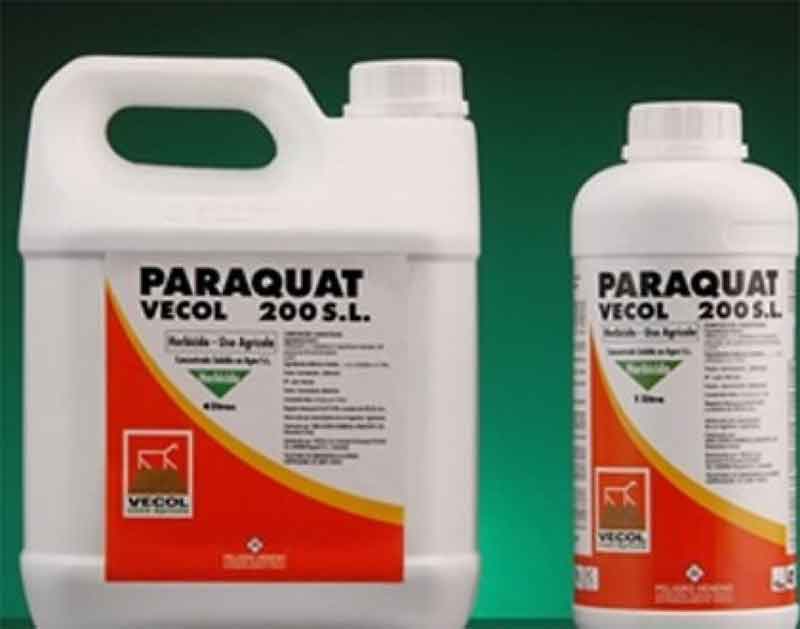
Sanitation has been perhaps the weakest link in the urban development effort of India. The path towards better cities involves above all a big breakthrough in decentralized sanitation solutions and linking these with increasing greenery.
First and perhaps foremost, there should be waste segregation at source level, whether home or workplace, so that we have at least four categories – what can be carried away directly by the traditional recycler—the precious raddi wala or kabadi wala or the rag picker employed now in this role, what can be composted at local level, hazardous waste and medical waste. The second category should be composted within a colony or within a cluster of housing complexes, including slum and hut colonies.
Secondly all new sewage systems should be at decentralized levels, meaning that the sewage has to be taken care of within the colony, instead of being transported to big , centrally located, expensive sewage plants and from there to rivers. While a number of local, decentralized technologies are already available, this is an area of great potential and creativity where much more significant work remains to be done.
The aim ultimately is to ensure safe disposal and to combine this with compostable waste in such ways that a lot of manure is available in urban areas, without any need for expensive chemical fertilizers. This can be shared with people interested in obtaining for their family gardens and kitchen gardens. In addition public gardens and green lots should get a big boost, including in and near waste disposal and sewage recycling places.
Housing complexes can have much more green space. Slums should be encouraged to use whatever spaces are available for personal as well as community greens, growing not just herbs, grasses and flowers but also nutritious vegetables wherever possible. While developing new housing complexes in para-urban areas, it should be compulsory to retain much bigger green places including farms to grow only organic food. These can be linked to schools for education relating to farming, environment and bio-diversity.
Water conservation and moisture conservation is another area which should get high priority. This in turn is also linked to overall efforts for more greenery. All housing projects should have a component of rainwater harvesting and water conservation. This can be encouraged in various ways. Revival of water bodies should be prioritized.
It is not adequate to dig a little and remove some garbage, then fill with water from some source. An important component is to clear catchments to the extent possible so that rainwater fills in from catchments as before. New water bodies should be planned at carefully collected sites . In para-urban areas or newly developed areas, before housing land is allotted, priority should first be given to keeping aside most suitable sites for rainwater harvesting, creation new water bodies and revival of old ones.
While expanding housing complexes farmers and farming should not be entirely displaced but with good planning certain places should be left for cultivating vegetables, flowers, herbs and fruits. All this calls for the close involvement of communities and a place of special honor should be given to sanitation workers, gardeners and farmers in particular. Instead of facing neglect and being used in unjust ways, para-urban areas should be respected as repository of skills and as places where there is room for very creative work.
Public transport could be encouraged at all levels, along with safe cycling and walking paths. Industrial pollution should be closely regulated while high hazard industries can be removed whenever necessary. Much more funds should be allocated for on-site improvement of slum settlements and for making available good shelters for all homeless people. In longer-term planning, location of livelihoods and schools closer to living place to the extent possible should be encouraged.
Development patterns such as these which can turn waste into resources, protecting environment while reducing development costs, providing justice and dignity to weaker sections and opportunities of creative involvements of all sections of people show the way forwards towards clearer and greener cities. Wasteful projects and corruption should be checked strictly, while more resources should be available for improving government health care, government school education and disaster response. In such a development pattern GHG emissions are also reduced significantly contributing to checking climate change, while at the same time there is better preparation for overcoming difficulties which are likely in times of climate change.
Bharat Dogra is a journalist and author. His recent books include Planet in Peril and Earth Without Borders.
IF YOU LIKED THE ARTICLE SUPPORT PEOPLE’S JOURNALISM
















































